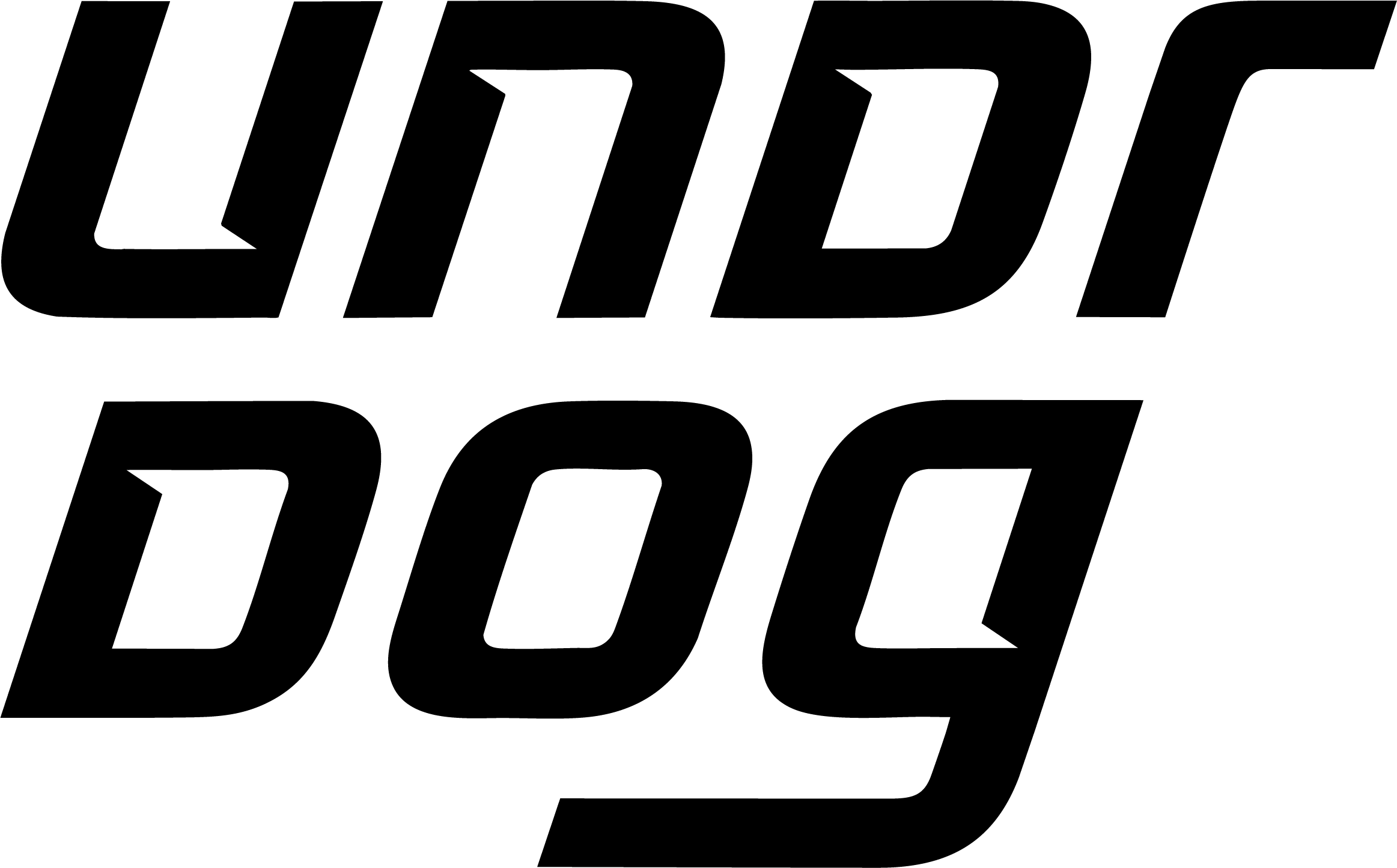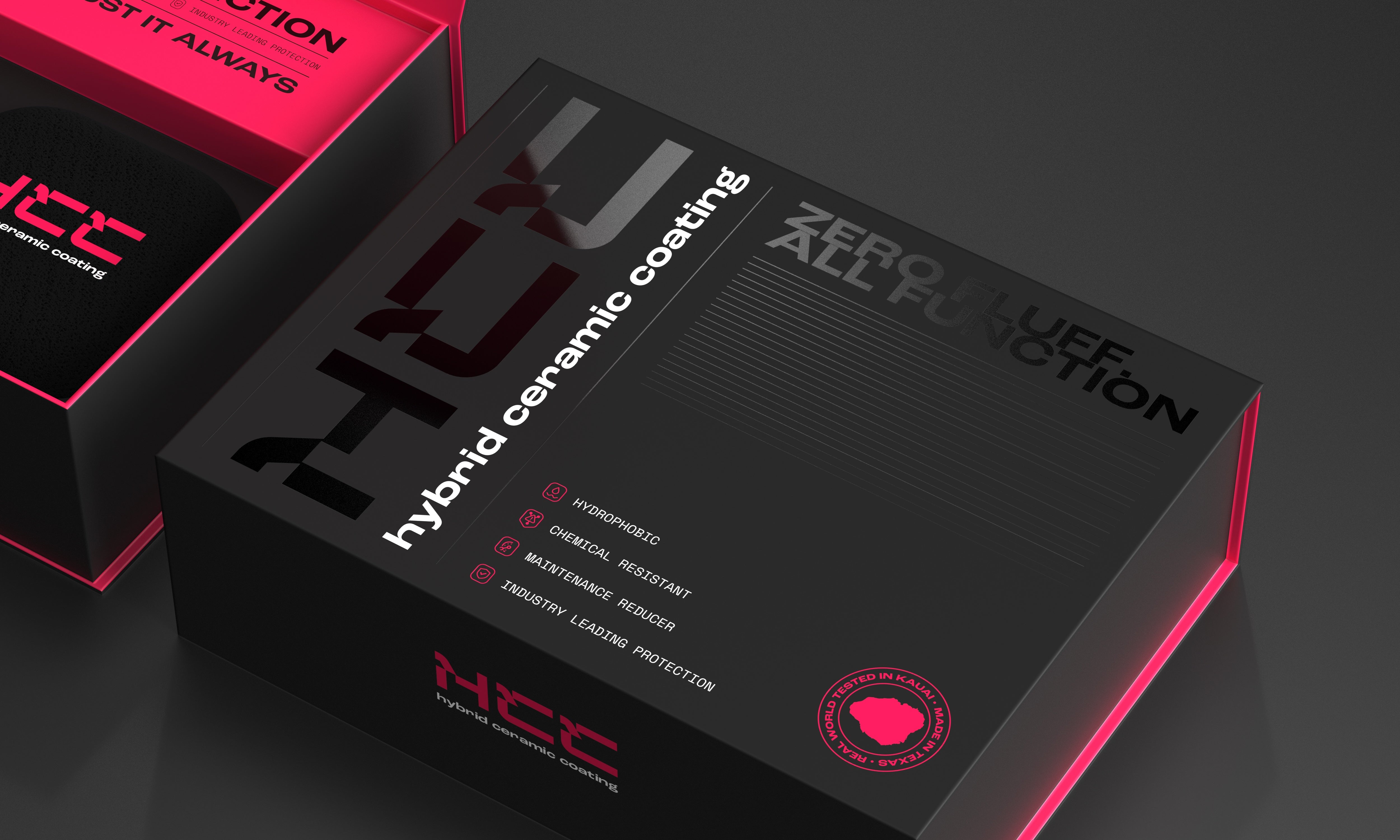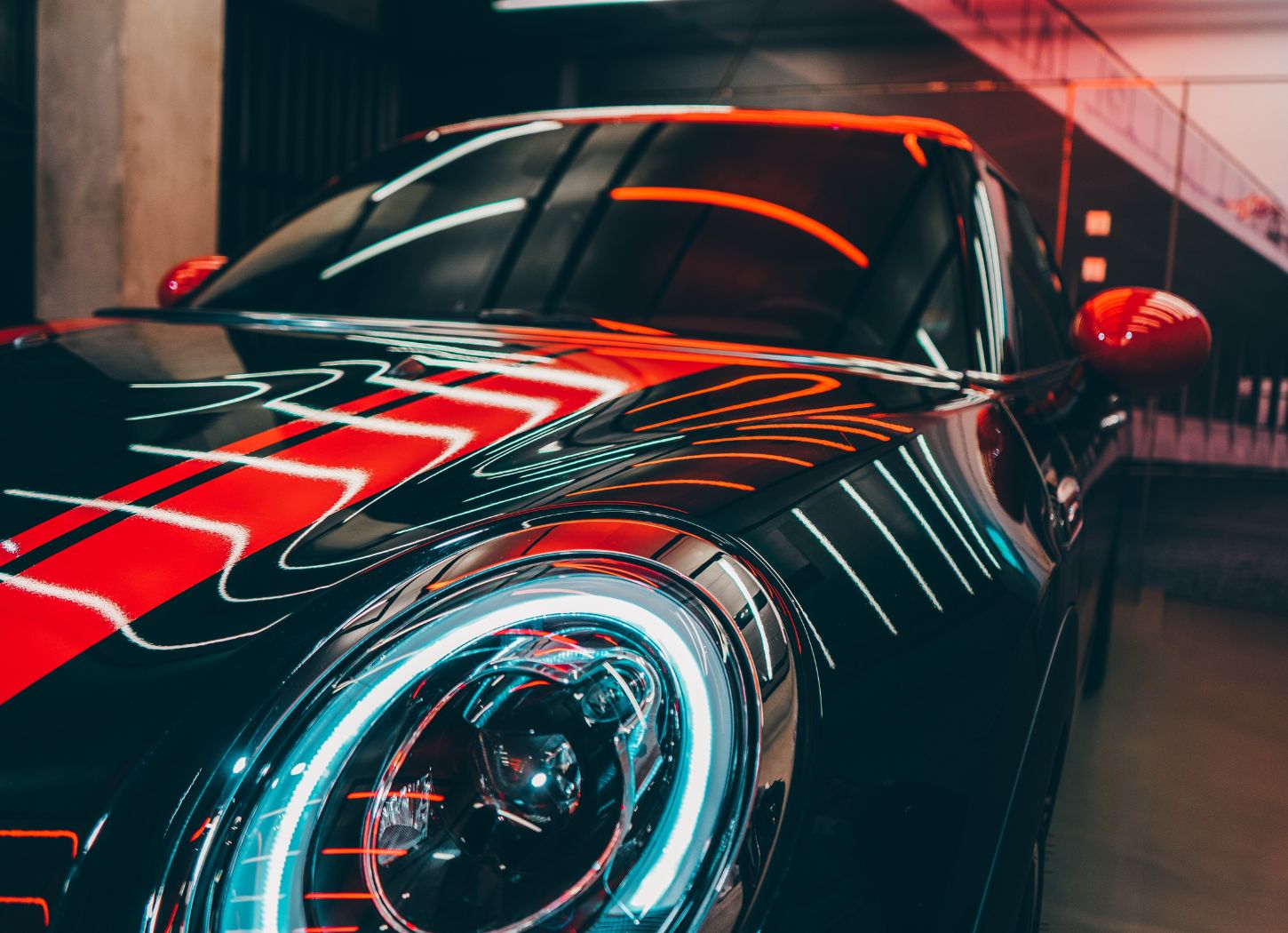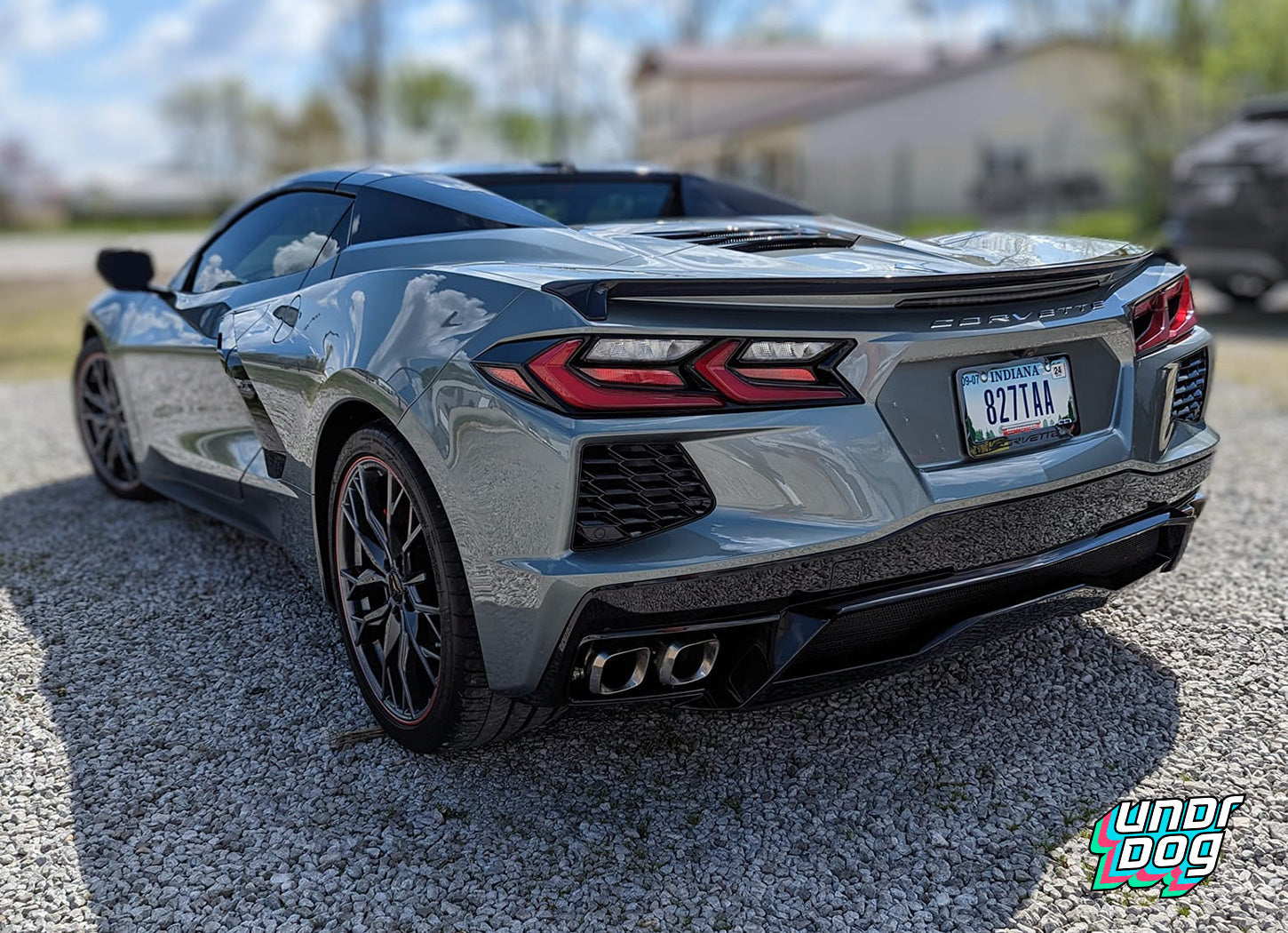Table of Contents
Everybody wants their ride to stay in top condition for as long as possible. That’s why every car owner should consider investing in a form of paint protection. This proactive measure extends the life and appearance of your paint, keeping your vehicle’s resale value from decreasing. Plus, it makes maintenance a much more enjoyable experience.

Amongst all paint protection methods available today, protective coatings boast the best results by far. They provide superior protection and longevity, hydrophobicity, and gloss by bonding to the exterior and interior surfaces of cars at a molecular level.
If you want a protective coating installed on your vehicle, you have two options: take your car to a detailing professional or put in the elbow grease and do it yourself.
Which road you should take depends on multiple factors: the unique characteristics of the product you want to use; your level of knowledge, skills, and experience; the tools, equipment, and working environment at your disposal; the amount of time, energy, and money you can invest, etc.
Let’s go through these factors one by one to help you make the right decision.
Pro-grade vs Consumer-grade Coatings

Pro-grade coatings are a small segment of high-end products designed for professionals only. Access to these coatings is limited to registered detailers certified with a specific company. They usually come with warranties and a price point to match.
Consumer-grade coatings are created for consumers’ personal use. A consumer can be an individual or a business. So these protective car coatings are accessible to both the average Joe and the detailing professional. They don’t carry any sort of warranty and are usually fairly inexpensive.

As you can see, the main difference between pro-grade and consumer-grade protective coatings for cars is the availability. If you’re not a certified detailer, you can’t get your hands on a pro-grade product. That said, a “pro-grade” label and a sky-high price don’t make one coating better than the other.
A consumer-grade ceramic coating can easily match or outperform a pro-grade one. Because it’s not about the label or the price, it’s about the formula, the chemical makeup. And it’s definitely about the prep. If you do proper prep and install a consumer-grade car protective coating it will most likely outlast the average pro-grade ceramic coating on a poorly prepped car.

Unfortunately, there are many inferior products on the consumer-grade market. You have to do a lot of research and sift through loads of exaggerated marketing claims to find a good one.
On the other hand, whichever pro-grade ceramic coating you choose, it’s probably going to be of decent quality. The downside here is the labor-intensive and time-consuming application process. And if you mess up, there’s no going back. Pro-grade ceramic coatings are not forgiving. If you don’t level them immediately, you’ll have to resort to polishing to tackle high spots, streaks, and hazing risking more potential damage. Not to mention the long cure times and common water spot issues.
Relevant Knowledge, Skills & Experience
Installing a car protective coating isn’t exactly rocket science. Still, doing it properly requires a certain amount of know-how in both preparation and actual application. If you’re considering doing it yourself, honestly assess your level of skills and knowledge first.

The most important step in coating installation is really the prep work. It’s what determines how well the product will bond to your vehicle’s surface, how well it will perform, and how long it will last. Ceramic coating prep is often complex and time-consuming. Depending on the condition of your car, it can even take up the bulk of the work.
If your paint has any swirls, blemishes, scratches, and chips, paint correction is a must before coating installation. For that, you need to polish off thin layers of the clear coat until the imperfections are no longer visible. Straightforward, right? Yeah, but if you don’t know what you’re doing, things can go sideways pretty quickly. An inappropriate cutting agent and pad can cause swirl marks, but also burn through your clear coat and expose the paint underneath. Additionally, if your paint is damaged more severely, you might have to resort to wet sanding.

Those of you with spotless new cars don’t generally need to perform paint correction. Still, there’s lots to do before you can start applying the ceramic coating.
First off, you need to wash the vehicle thoroughly with car soap. Then it’s time for paint decontamination: chemical (using iron & fallout removers, like The Purps) or physical (using a clay bar or clay mitt). If you don’t have issues with deeply embedded fallout, chemical decontamination will get the job done without the risk of causing any damage. Even if your ride is highly contaminated, it’s best to perform chemical decontamination first. This way you can reduce the likelihood of swirling and marring inflicted by the claying process. Then, if your paint still feels rough to touch, you will need to resort to claying - a risky, time-consuming process, but one you shouldn’t skip. If you do, the contamination will be locked in your paint for as long as the coating is on. Plus, you’ll experience underwhelming performance and decreased product longevity.
Finally, you want to wipe all panels with clean towels damp with denatured or isopropyl alcohol/body shop wax & grease remover. This will ensure that there are no leftover waxes or sealants on the surface. Once it dries, you can start coating.

The thing is, there are numerous ways you can mess up a “ceramic” coating. Using too much product, improper techniques, and tools, distributing the product unevenly or poor buffing can lead to hazing, high and low spots, cloudy reflections, streaks, etc. If you don’t spot these mistakes right away and the product flashes, you’ll need to remove the coating from the affected area by polishing or sanding.
This is a frustrating process that takes a lot of time if you're a beginner. On top of that, you risk damaging your car’s paint and setting yourself back hundreds or thousands of dollars.
Essential Tools, Equipment & Environment

Professional detailers have specialized tools, supplies, and equipment that you probably don’t. Things like polishers, pressure washers, dry vapor steamers, carpet extractors, iron & fallout removers, and applicator pads allow detailers to achieve superior results quickly and efficiently.
Buying all of these things for the occasional at-home detail doesn’t make a lot of sense. Unless you’re willing to spend an arm & a leg and do extensive research to find the best supplies, you’ll likely end up with poor-quality products. On top of that, you shouldn’t handle any detailing chemicals without adequate personal protective equipment. Doing so can lead to serious health issues.
When it comes to the working environment, it’s not uncommon that you need an enclosed, climate-controlled and well-ventilated area to install a protective coating. The reason is simple - these products behave differently depending on environmental conditions.- especially the pro-grade "ceramic" coatings. Plus, the curing process can be compromised when coatings are exposed to contamination and water.
Investment of Time, Energy & Money
Youtube videos demonstrating protective coating installation are often misleading. The fact that they’re condensed and sped up makes people think that it doesn’t take very long at all. But that’s rarely the case.

Depending on the condition of your car, the entire process of ceramic coating prep and installation can last anywhere from a couple of hours to several days. If you have little or no experience in detailing, chances are that you’ll need double or triple the time a professional needs to do the same job. On top of that, you’ll need time to research how to do everything properly, figure out which products and tools to get, buy them, and then wait for them to arrive.
If your daily life is busy or you have more important things to do than spend hours detailing, outsourcing to a professional will save you valuable time and energy. It will, however, be more expensive. Installation costs range anywhere from five hundred to a couple of thousand dollars. Conversely, if you decide on a DIY ceramic coating application, you’ll spend only $50-$100 on the coating itself. Just keep in mind that if you don’t already have a detailing arsenal, the cost of other supplies and tools adds up pretty quickly.

To Sum Up - Professional Detailer vs. DIY
If you’re a car enthusiast with solid detailing experience, if you enjoy getting your hands dirty and have some machine polishing skills, the right environment, tools, and equipment, as well as time to dedicate to the process, we say go ahead with DIY protective coating application. You’ll likely enjoy the process and certainly save money. Just make sure you pick a high-quality, user-friendly product from a brand that offers detailed installation instructions and good customer support.
Inversely, if you have little to no detailing experience or desire to get personal with your car, if you have no place to work, no tools, equipment, or time to do the job properly, if you’re worried about health risks or simply not confident in your skills, it’s best to leave "ceramic" coating application to a professional. Keep in mind though that this kind of convenience does come with a premium price. But one that’s well worth it.
It’s the same with other things. Some people never need to hire a plumber - they fix any plumbing issues themselves; others need to call a plumber whenever they face one.
It all comes down to the amount of work you’re willing to put in, the amount of money you’re willing to spend, and the level of knowledge and skills you possess.
In case you want to save money and don’t mind breaking a sweat, but aren’t competent enough to do the job well, you could cause damage. Unlucky for you, repairing a botched coating can be a lot more expensive than having a professional apply it in the first place.
If you’re worried about damaging your car while trying to protect it, our advice is to hire a detailing professional. Look for someone with a proven track record & plenty of relevant experience. And please, stay away from those promising a lifetime of protection, “scratch-resistance”, or never needing to wash your car again!





Leave a comment
This site is protected by hCaptcha and the hCaptcha Privacy Policy and Terms of Service apply.